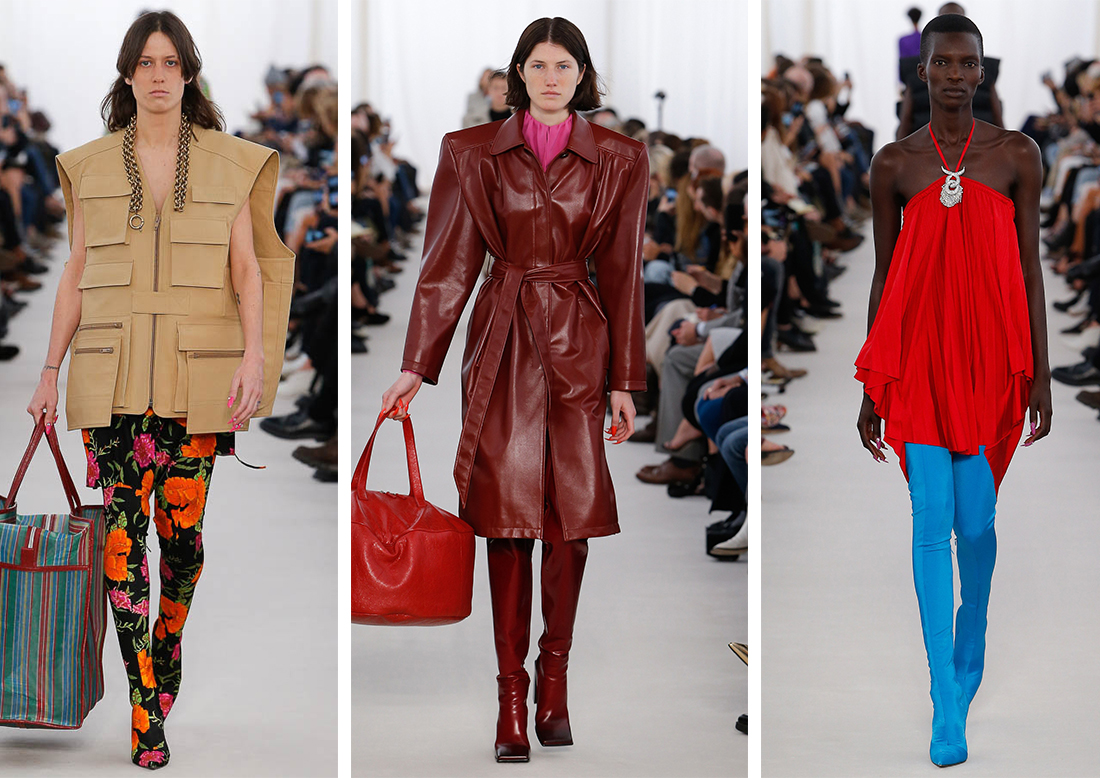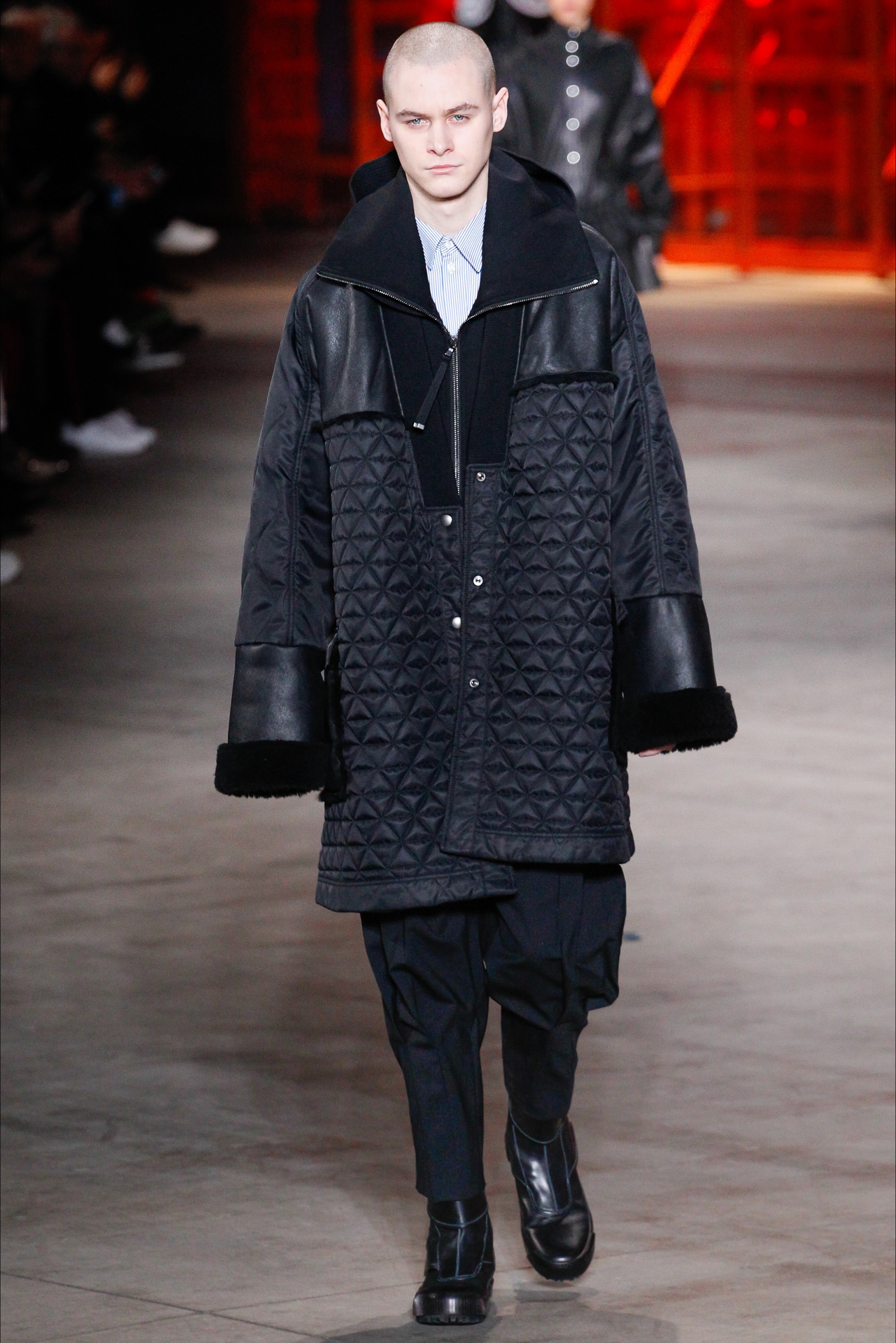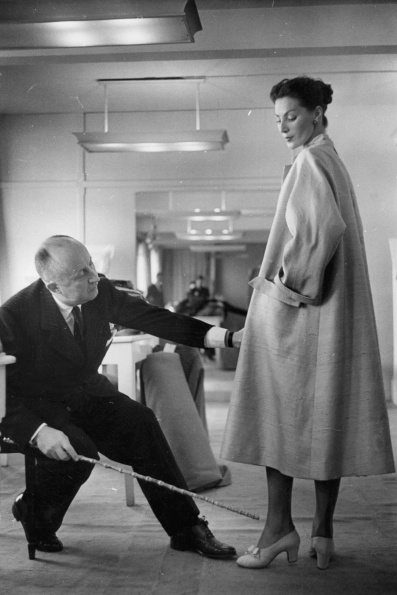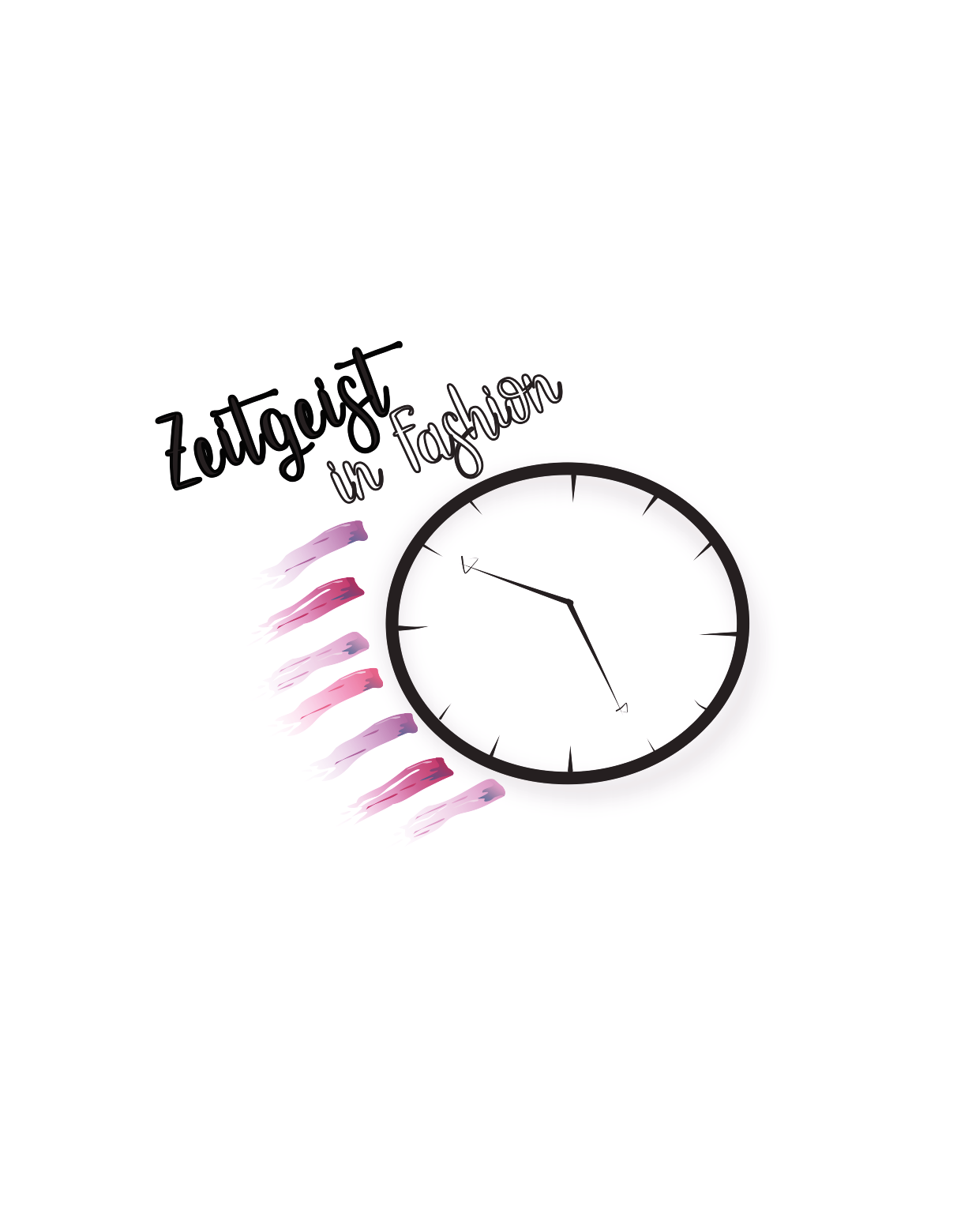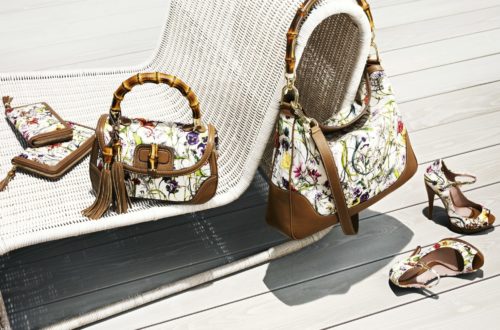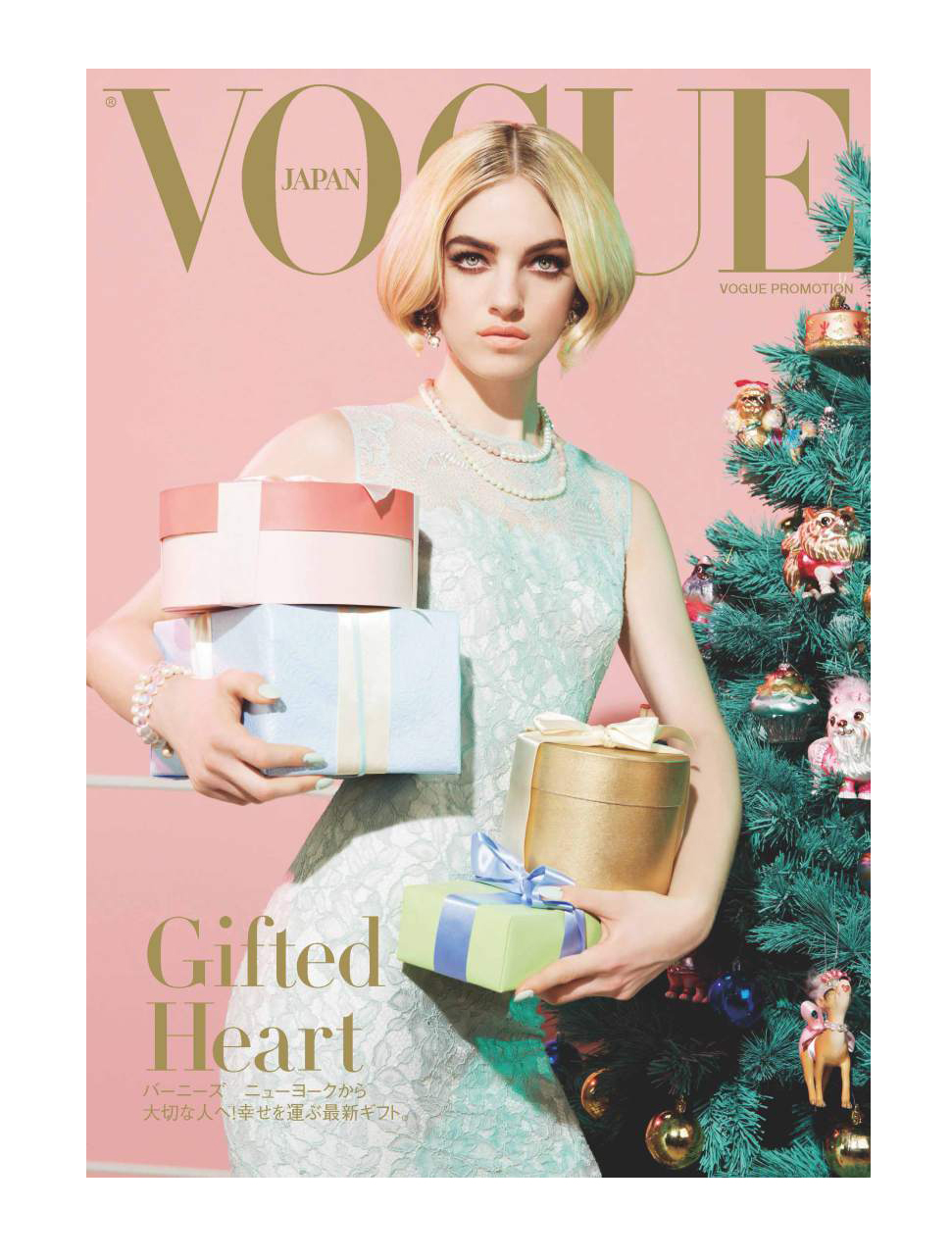Diversity, equality, inclusivity: today these concepts are heard from everywhere. The world of fashion, setting the standards for our perception and the system of ideals since day 1, serves as common ground for the dispute. In the society where every message is transmitted in no time, discussed in to time and causing effect in no time is it possible for a designer to be discriminative in his show cast with no impact? Or it is high time to change the attitude?
Slowly (really slowly) but surely, we see increased ethnicity representation and more diversity on fashion shows. So we tend to think that the fashion industry is on its way to inclusivity, which of course is a big relief. Applause, the discrimination is over. So it really was surprising that the most emotional, touching, tear-jerking talk during the BoF VOICES was the one by James Scully, an insider of the casting industry, speaking about the models, the castings, the designers and the agents. It was an eye-opener: even with the recent progress the backstage of the spectacular shows stays cruel, unresponsive and hostile.
A fashion photographer can still say he “doesn’t shoot blacks”. A designer can still exclude ethnicities from his shows. The question is: can it stay unnoticed and of no impact in the modern world? The example of Balenciaga shows that the answer is negative, at least for the big brands. The industry saw a wide discussion on how Demna Gvasalia, clearly one of the most attention-grabbing designers of today, can be perceived as progressive and still stay untouched by the diversity debate. Gvasalia’s Lotta Volkova only casted white models for F/W 2016, for both Balenciaga and Vetements, which the designer commented as not willing to “send an insincere, first-degree message about something people expect for the sake of correctness” (BoF, March 2016). However, the end of this story is more promising than expected: as we have all seen, the cast for S/S 2017 featured the long-awaited full ethnicity acceptance, including black and asian models and showing Gvasalia’s ability to listen and reconsider on the basis of fair criticism.


Other brands also show understanding of the diversity statement’s impact: as The S/S 2017 Runway Diversity Report of The Fashion Law shows, some are ready to fully embrace inclusivity, with the examples of 97% of the models of color selected for Yeezy, and 75% for Ashish. There’s also increasing diversity apart from skin color: the New York shows had overall 16 plus-size models, and 8 of 10 in total transgender models. Also aging seems to be getting acceptance, with a noticeable example of Lauren Hutton for Bottega Veneta.
Personally, I will never forget the Etro S/S 2017 Menswear show, where people of different age, complexion and occupation walked for the brand, smiling and exchanging glances, handshakes and high-fives. People, not models, as they felt like part of our world, and thus the collection felt closer and much more wearable. They were real, with real emotions the audience of the show captured and shared, this transition being so obvious. It felt much different from the regular fashion show experience.

Truth is, the casting is something brands are not fully in control of: there are casting agencies and agents. Thus there’s only partly awareness and partly responsibility. Coming back to the discussion taken place at the VOICES, Scully called for increasing interest of the companies, with investigation and control. Fortunately, some already took this path, with an example of Gucci restricting the age of its models to prevent the illegal participation of the adolescents.
Summing up, this topic is bitter and a bit hard to face, as hard as it always is, spotting fault in something we love. Still, only having accepted the problem the industry can effectively fight it. When any discrimination becomes public immediately with the means of digital communication and social media, you cannot humiliate. When the market exponentially goes from local to global, there is no way to leave out the ethnicities on the catwalk while they are present on the marketing plan. These are the rules of the fashion industry as it enters its future, and seems like the companies can either accept them or lose the battle.
by Ksyusha Task

